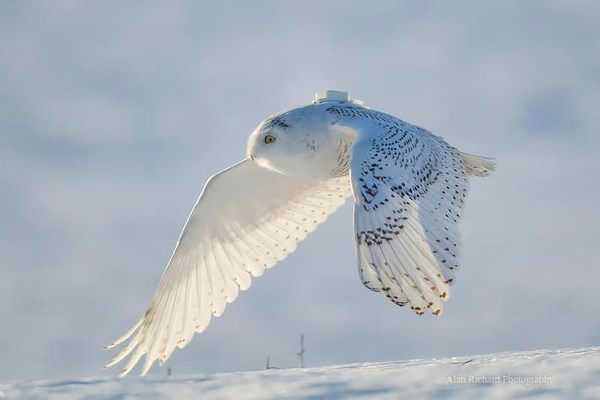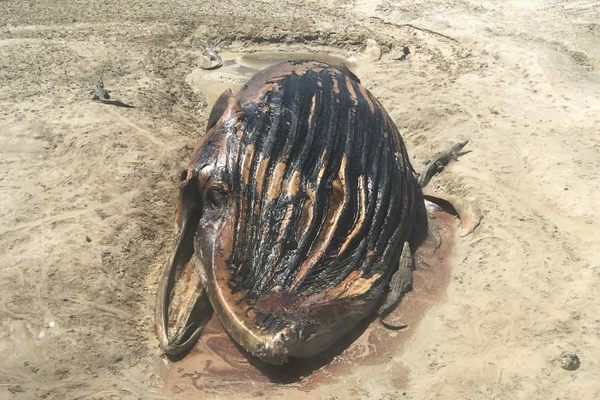Fleeting Wonders: Irradiated Voles In Chernobyl

A sighted bank vole, free from radiation. (Photo: Photopippo/WikiCommons CC BY-SA 3.0)
In some ways, the Chernobyl exclusion zone in Ukraine is a paradise for wildlife: very little development, barely any humans, and few interruptions to a life of grazing and scurrying. But the area’s high radiation level continues to show up in unexpected places—for instance, in the eyes of voles.
In a study published in Scientific Reports last month, researchers from the University of Jyvaskyla in Finland reported that female bank voles living in areas with higher background radiation had more cataracts than voles exposed to lower radiation levels, even when controlling for other factors, such as age. Cataracts cloud the lenses of the eye, making it progressively more difficult to see. Voles with cataracts also had fewer offspring, the scientists found.
Last year, researchers reported that native wildlife had returned to Chernobyl in appreciable numbers. But, like humans who live or dine in the exclusion zone, these animals face health risks that we are only beginning to understand.
This study, which adds to that understanding, “suggests that nuclear accidents, not surprisingly, do affect ecological processes for a long time,” lead researcher Dr. Philipp Lehmann told The Independent. Just what forms these effects take, and how long they last, remains to be seen.
Every day, we track down a fleeting wonder—something amazing that’s only happening right now. Have a tip for us? Tell us about it! Send your temporary miracles to cara@atlasobscura.com.

















Follow us on Twitter to get the latest on the world's hidden wonders.
Like us on Facebook to get the latest on the world's hidden wonders.
Follow us on Twitter Like us on Facebook